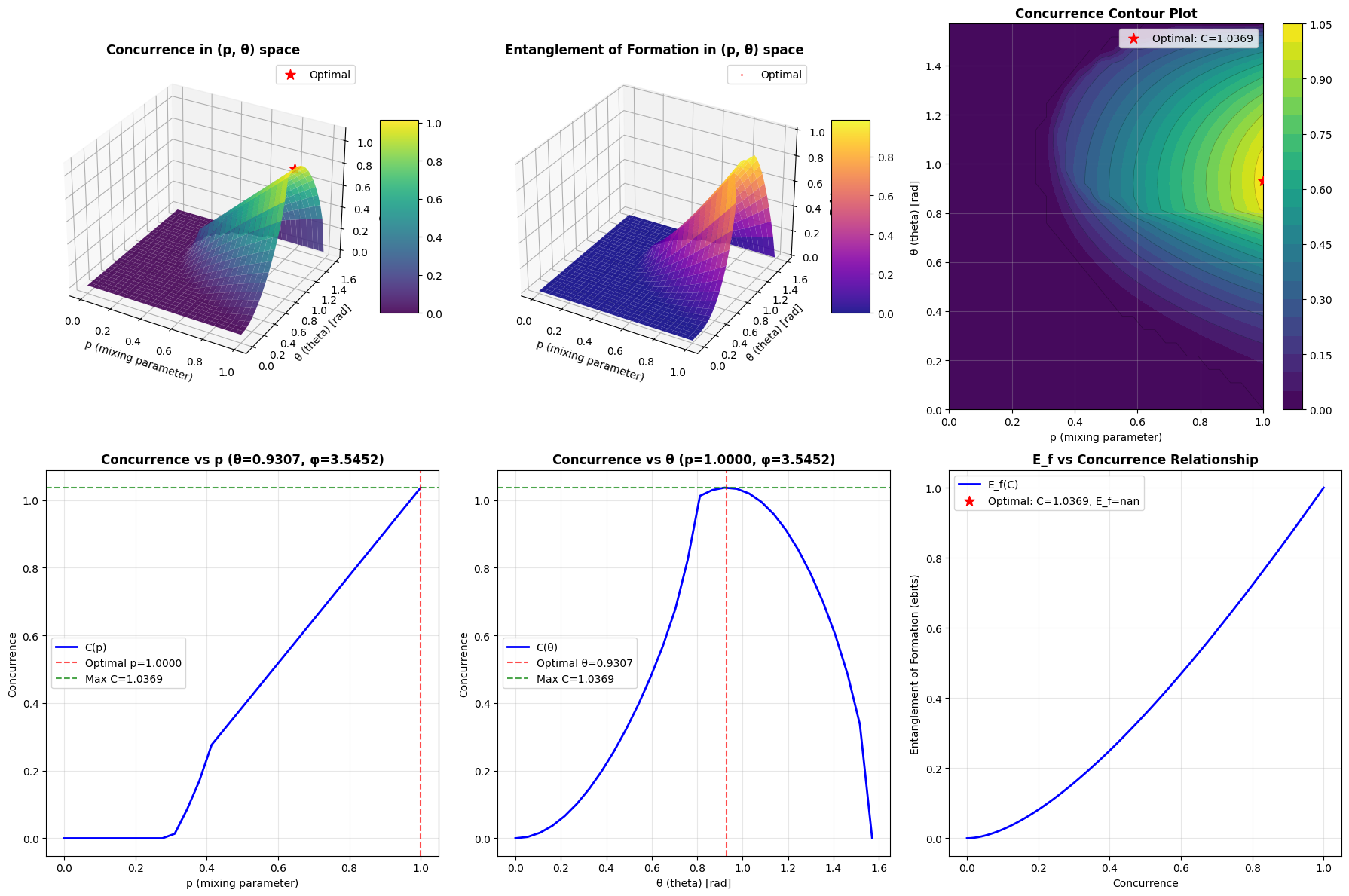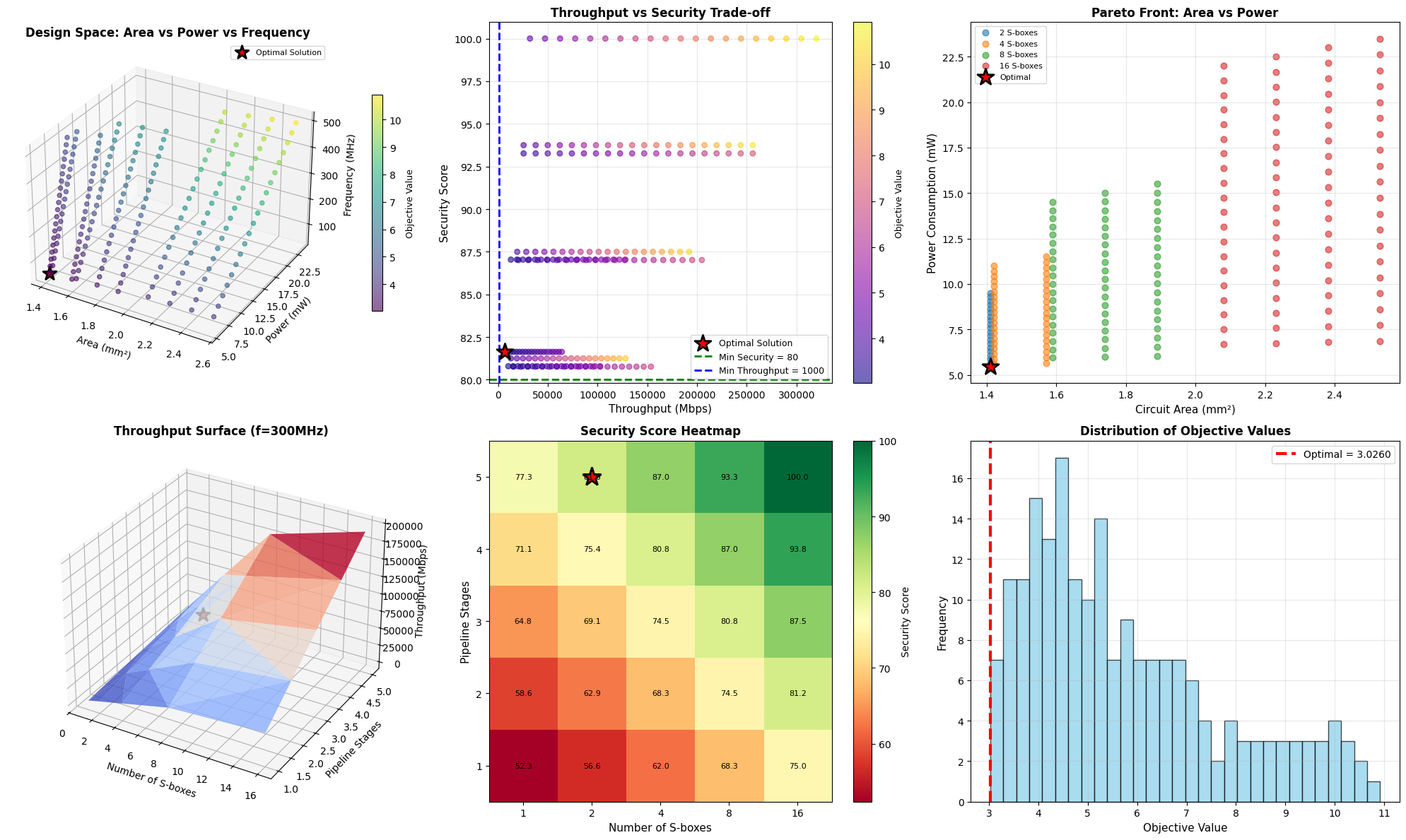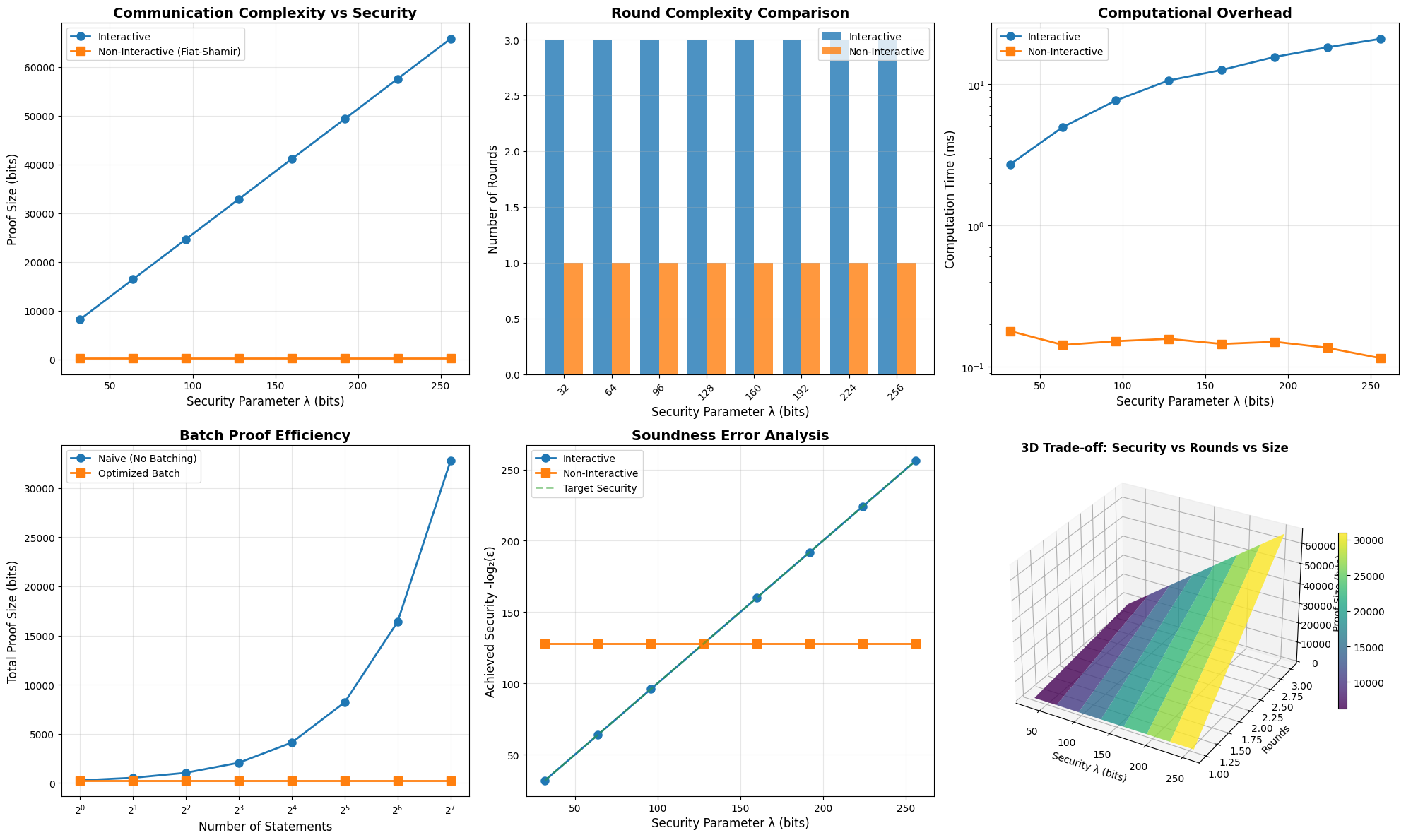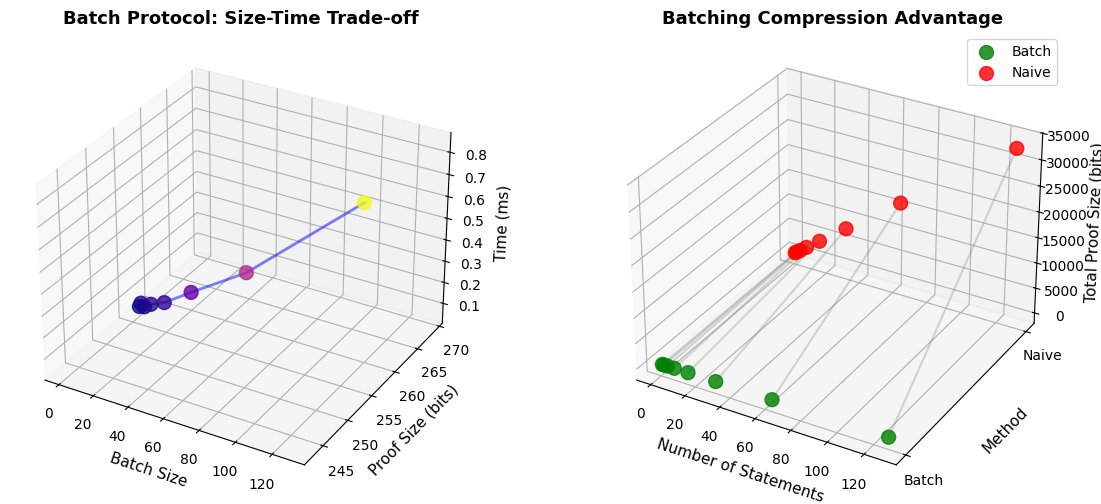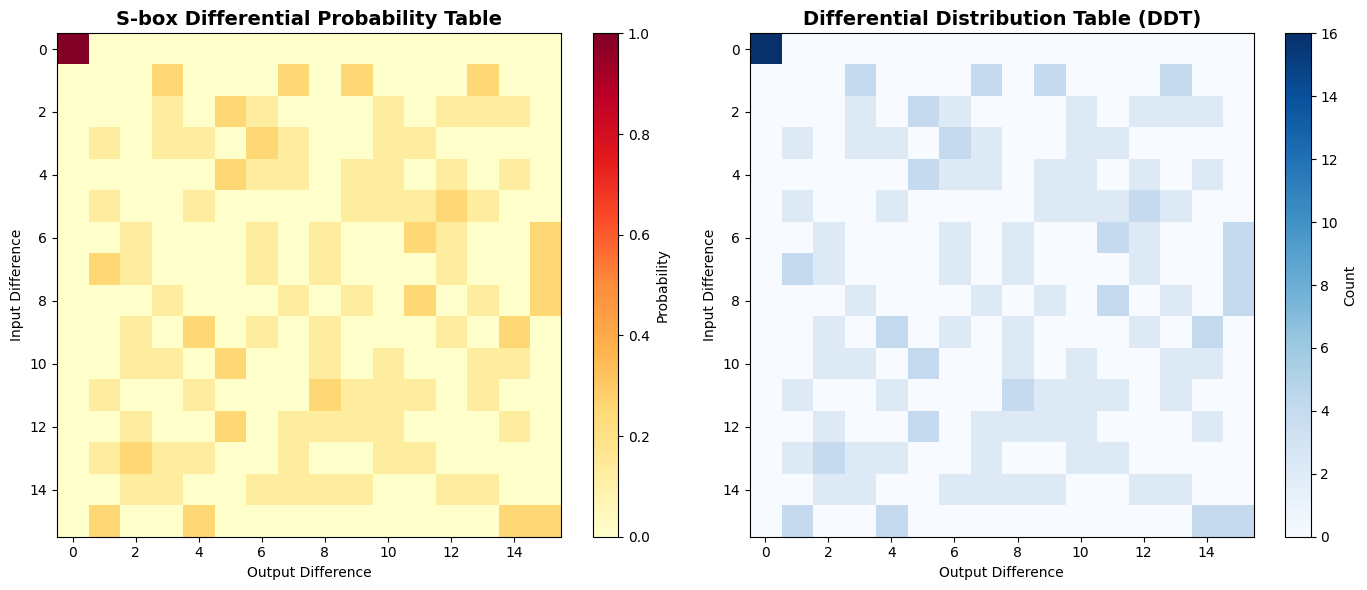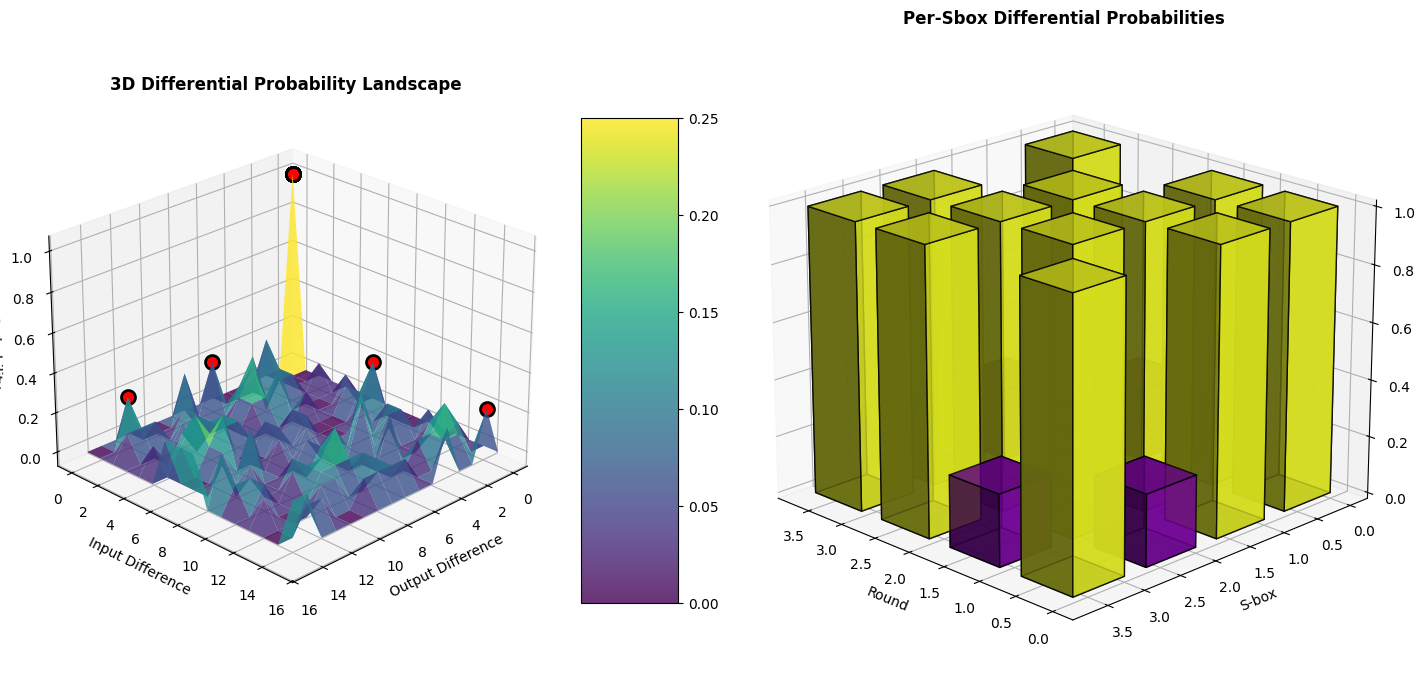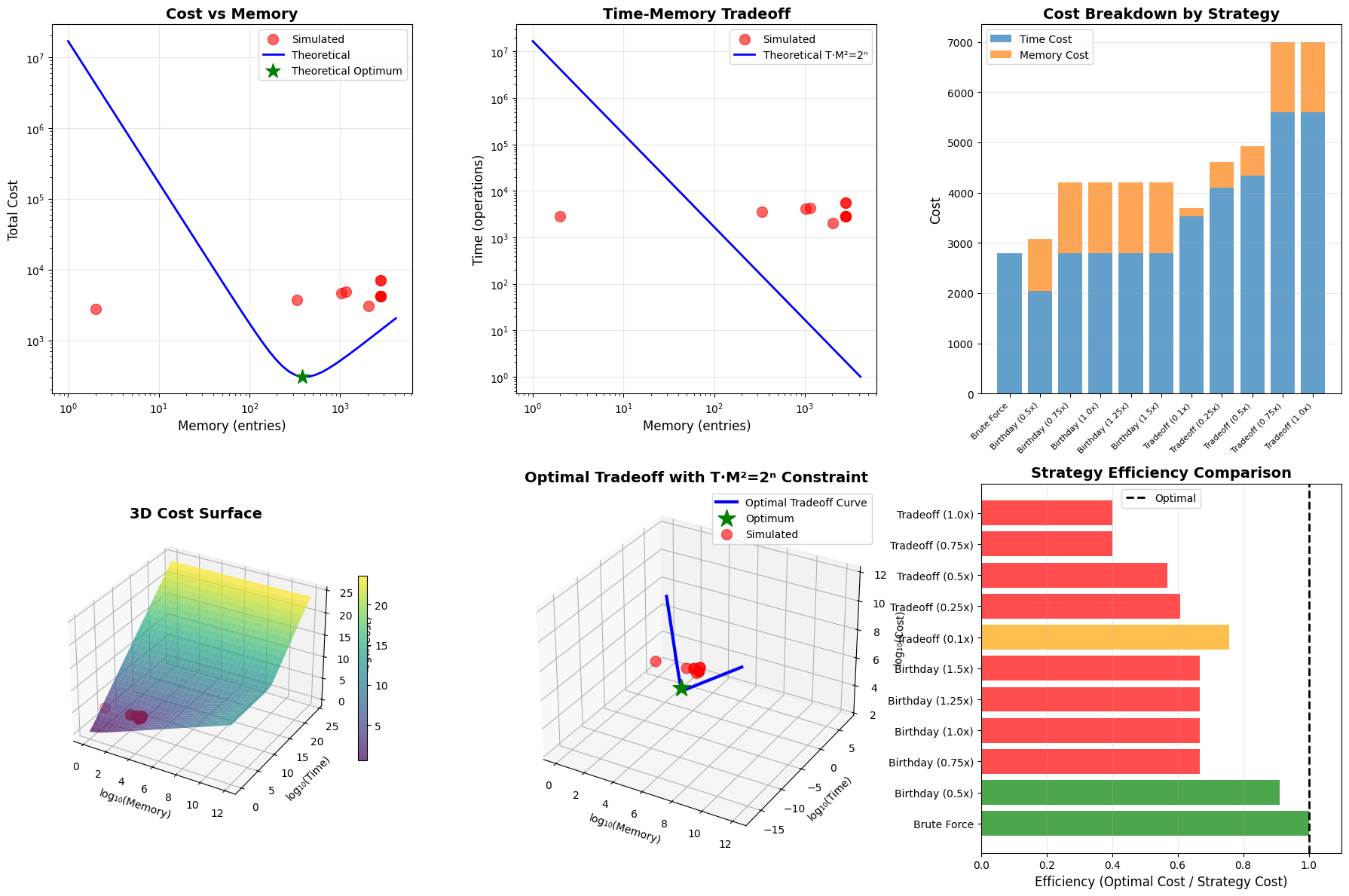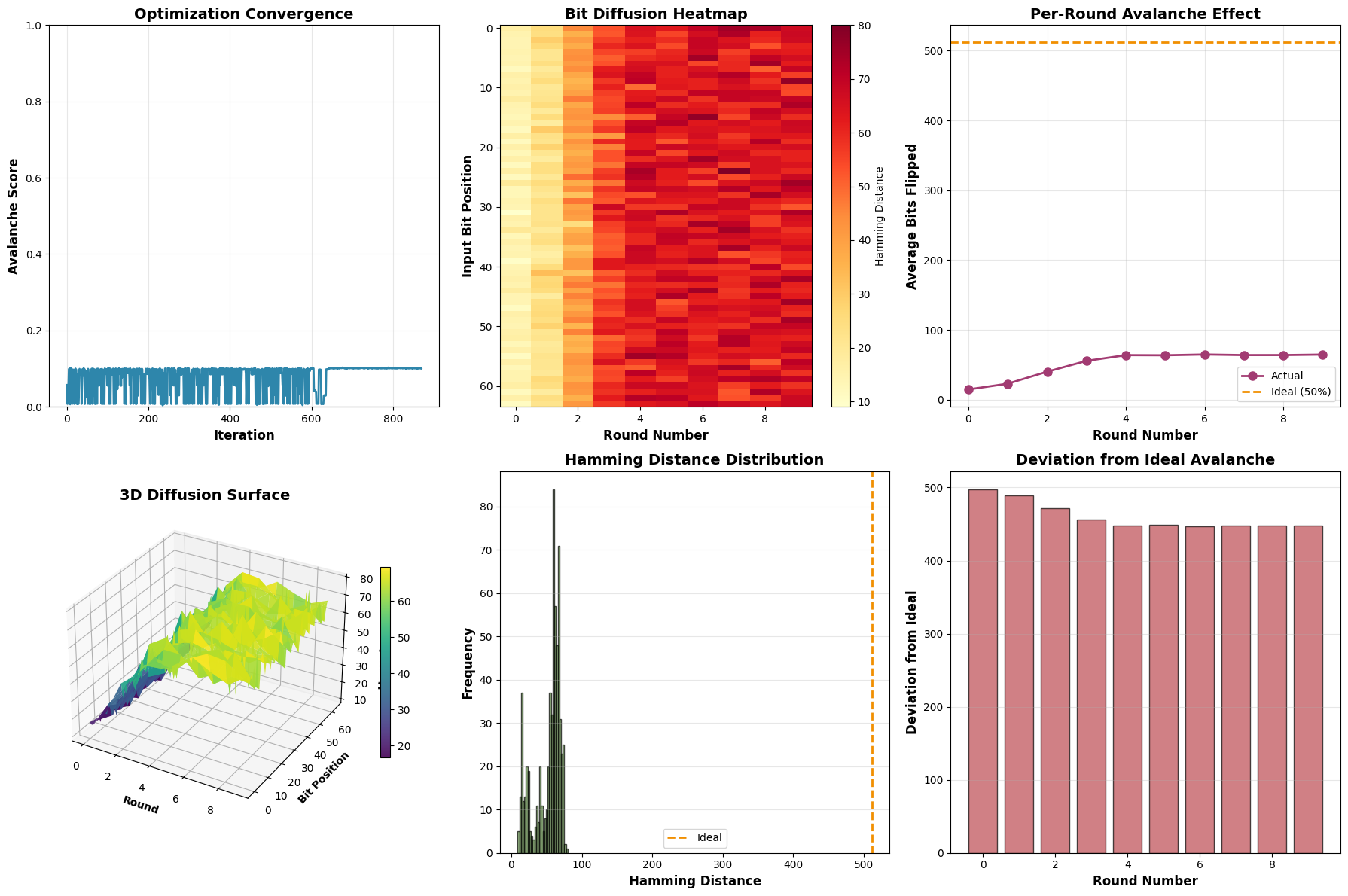1
2
3
4
5
6
7
8
9
10
11
12
13
14
15
16
17
18
19
20
21
22
23
24
25
26
27
28
29
30
31
32
33
34
35
36
37
38
39
40
41
42
43
44
45
46
47
48
49
50
51
52
53
54
55
56
57
58
59
60
61
62
63
64
65
66
67
68
69
70
71
72
73
74
75
76
77
78
79
80
81
82
83
84
85
86
87
88
89
90
91
92
93
94
95
96
97
98
99
100
101
102
103
104
105
106
107
108
109
110
111
112
113
114
115
116
117
118
119
120
121
122
123
124
125
126
127
128
129
130
131
132
133
134
135
136
137
138
139
140
141
142
143
144
145
146
147
148
149
150
151
152
153
154
155
156
157
158
159
160
161
162
163
164
165
166
167
168
169
170
171
172
173
174
175
176
177
178
179
180
181
182
183
184
185
186
187
188
189
190
191
192
193
194
195
196
197
198
199
200
201
202
203
204
205
206
207
208
209
210
211
212
213
214
215
216
217
218
219
220
221
222
223
224
225
226
227
228
229
230
231
232
233
234
235
236
237
238
239
240
241
242
243
244
245
246
247
248
249
250
251
252
253
254
255
256
257
258
259
260
261
262
263
264
265
266
267
268
269
270
271
272
273
274
275
276
277
278
279
280
281
282
283
284
285
286
287
288
289
290
291
292
293
294
295
296
297
298
299
300
301
302
303
304
305
306
307
308
309
310
311
312
313
314
315
316
317
318
319
320
321
322
323
324
325
326
327
328
329
330
331
332
333
334
335
336
337
338
339
340
341
342
343
344
345
346
347
348
349
350
351
352
353
354
355
356
357
358
359
360
361
362
363
364
365
366
367
368
369
370
371
372
373
374
375
376
377
378
379
380
381
382
383
384
385
386
387
388
389
390
391
392
393
394
395
396
397
398
399
400
401
402
403
404
405
406
407
408
409
410
411
412
413
414
415
416
417
418
419
420
421
422
423
424
425
426
427
428
429
430
431
432
433
434
435
436
437
438
439
440
441
442
443
444
445
446
447
448
449
450
451
452
453
454
455
456
457
458
459
460
461
462
463
464
465
466
467
468
469
470
471
472
473
474
475
476
477
478
479
480
481
| import numpy as np
import matplotlib.pyplot as plt
from mpl_toolkits.mplot3d import Axes3D
from scipy.optimize import linprog, milp, LinearConstraint, Bounds
import pandas as pd
from itertools import product
operations = {
'Type A (Order 1)': {'random_cost': 2, 'security': 10, 'masking_order': 1},
'Type B (Order 2)': {'random_cost': 5, 'security': 25, 'masking_order': 2},
'Type C (Order 3)': {'random_cost': 9, 'security': 45, 'masking_order': 3},
'Type D (Order 4)': {'random_cost': 14, 'security': 70, 'masking_order': 4}
}
required_security = 150
min_masking_order = 2
print("=" * 70)
print("SIDE-CHANNEL COUNTERMEASURE OPTIMIZATION")
print("Minimizing Random Number Consumption with Masking Order Constraints")
print("=" * 70)
print()
op_names = list(operations.keys())
n_ops = len(op_names)
random_costs = np.array([operations[op]['random_cost'] for op in op_names])
security_values = np.array([operations[op]['security'] for op in op_names])
masking_orders = np.array([operations[op]['masking_order'] for op in op_names])
print("Operation Parameters:")
print("-" * 70)
df_ops = pd.DataFrame({
'Operation': op_names,
'Random Cost (per op)': random_costs,
'Security Value': security_values,
'Masking Order': masking_orders
})
print(df_ops.to_string(index=False))
print()
print(f"Required Total Security: {required_security}")
print(f"Minimum Masking Order per Operation: {min_masking_order}")
print()
c = random_costs
A_ub = -security_values.reshape(1, -1)
b_ub = np.array([-required_security])
A_order = np.zeros((n_ops, n_ops))
b_order = np.zeros(n_ops)
for i in range(n_ops):
if masking_orders[i] > 0:
A_order[i, i] = -masking_orders[i]
b_order[i] = -min_masking_order
A_ub_combined = np.vstack([A_ub, A_order])
b_ub_combined = np.hstack([b_ub, b_order])
bounds = [(0, None) for _ in range(n_ops)]
print("=" * 70)
print("SOLVING LINEAR PROGRAMMING RELAXATION")
print("=" * 70)
print()
result_lp = linprog(c, A_ub=A_ub_combined, b_ub=b_ub_combined,
bounds=bounds, method='highs')
if result_lp.success:
print("LP Relaxation Solution (Fractional):")
print("-" * 70)
for i, op in enumerate(op_names):
print(f"{op}: {result_lp.x[i]:.4f} operations")
print()
print(f"Minimum Random Numbers (Fractional): {result_lp.fun:.4f}")
print(f"Total Security Achieved: {np.dot(security_values, result_lp.x):.4f}")
print()
else:
print("LP relaxation failed to find a solution")
print()
print("=" * 70)
print("SOLVING INTEGER LINEAR PROGRAMMING")
print("=" * 70)
print()
from scipy.optimize import milp
constraints_milp = LinearConstraint(A_ub_combined, -np.inf, b_ub_combined)
integrality = np.ones(n_ops)
bounds_milp = Bounds(lb=np.zeros(n_ops), ub=np.full(n_ops, 100))
result_milp = milp(c=c, constraints=constraints_milp,
integrality=integrality, bounds=bounds_milp)
optimal_solution = None
optimal_cost = None
if result_milp.success:
print("Integer Programming Solution:")
print("-" * 70)
optimal_solution = np.round(result_milp.x).astype(int)
optimal_cost = np.dot(random_costs, optimal_solution)
for i, op in enumerate(op_names):
print(f"{op}: {optimal_solution[i]} operations")
print()
print(f"Minimum Random Numbers Required: {optimal_cost}")
print(f"Total Security Achieved: {np.dot(security_values, optimal_solution)}")
print()
print("Constraint Verification:")
print("-" * 70)
total_sec = np.dot(security_values, optimal_solution)
print(f"Security constraint: {total_sec} >= {required_security} : {'✓' if total_sec >= required_security else '✗'}")
for i in range(n_ops):
order_achieved = masking_orders[i] * optimal_solution[i]
print(f"Masking order {op_names[i]}: {order_achieved} >= {min_masking_order} : {'✓' if order_achieved >= min_masking_order else '✗'}")
print()
else:
print("Integer programming failed. Using brute force search...")
min_cost = float('inf')
best_solution = None
max_each = 20
for combo in product(range(max_each), repeat=n_ops):
x = np.array(combo)
if np.dot(security_values, x) < required_security:
continue
valid = True
for i in range(n_ops):
if masking_orders[i] * x[i] < min_masking_order:
valid = False
break
if not valid:
continue
cost = np.dot(random_costs, x)
if cost < min_cost:
min_cost = cost
best_solution = x
if best_solution is not None:
optimal_solution = best_solution
optimal_cost = min_cost
print("Brute Force Solution:")
print("-" * 70)
for i, op in enumerate(op_names):
print(f"{op}: {optimal_solution[i]} operations")
print()
print(f"Minimum Random Numbers Required: {optimal_cost}")
print(f"Total Security Achieved: {np.dot(security_values, optimal_solution)}")
print()
print("=" * 70)
print("EFFICIENCY ANALYSIS")
print("=" * 70)
print()
if optimal_solution is not None:
naive_ops = np.ceil(required_security / security_values[-1]).astype(int)
naive_solution = np.zeros(n_ops, dtype=int)
naive_solution[-1] = naive_ops
naive_cost = random_costs[-1] * naive_ops
print("Naive Approach (using only highest-order masking):")
print(f"Operations: {naive_ops} × {op_names[-1]}")
print(f"Random Numbers: {naive_cost}")
print()
savings = naive_cost - optimal_cost
savings_pct = (savings / naive_cost) * 100
print(f"Optimization Savings: {savings} random numbers ({savings_pct:.1f}% reduction)")
print()
print("=" * 70)
print("GENERATING VISUALIZATIONS")
print("=" * 70)
print()
fig = plt.figure(figsize=(18, 12))
ax1 = fig.add_subplot(2, 3, 1)
if optimal_solution is not None:
colors = ['#FF6B6B', '#4ECDC4', '#45B7D1', '#FFA07A']
bars = ax1.bar(range(n_ops), optimal_solution, color=colors, edgecolor='black', linewidth=1.5)
ax1.set_xlabel('Operation Type', fontsize=11, fontweight='bold')
ax1.set_ylabel('Number of Operations', fontsize=11, fontweight='bold')
ax1.set_title('Optimal Operation Distribution', fontsize=12, fontweight='bold')
ax1.set_xticks(range(n_ops))
ax1.set_xticklabels([f'Type {chr(65+i)}' for i in range(n_ops)], rotation=0)
ax1.grid(axis='y', alpha=0.3)
for i, (bar, val) in enumerate(zip(bars, optimal_solution)):
height = bar.get_height()
ax1.text(bar.get_x() + bar.get_width()/2., height,
f'{int(val)}', ha='center', va='bottom', fontweight='bold')
ax2 = fig.add_subplot(2, 3, 2)
if optimal_solution is not None:
random_consumption = random_costs * optimal_solution
explode = [0.05 if x > 0 else 0 for x in random_consumption]
colors_pie = ['#FF6B6B', '#4ECDC4', '#45B7D1', '#FFA07A']
wedges, texts, autotexts = ax2.pie(random_consumption, explode=explode,
labels=[f'Type {chr(65+i)}' for i in range(n_ops)],
autopct='%1.1f%%', colors=colors_pie,
startangle=90, textprops={'fontweight': 'bold'})
ax2.set_title('Random Number Consumption by Type', fontsize=12, fontweight='bold')
ax3 = fig.add_subplot(2, 3, 3)
security_range = np.linspace(100, 300, 50)
min_costs = []
for target_sec in security_range:
b_ub_temp = np.hstack([np.array([-target_sec]), b_order])
result_temp = linprog(c, A_ub=A_ub_combined, b_ub=b_ub_temp,
bounds=bounds, method='highs')
if result_temp.success:
min_costs.append(result_temp.fun)
else:
min_costs.append(np.nan)
ax3.plot(security_range, min_costs, linewidth=2.5, color='#2C3E50')
ax3.axvline(x=required_security, color='red', linestyle='--', linewidth=2, label='Required Security')
if optimal_solution is not None:
ax3.plot(np.dot(security_values, optimal_solution), optimal_cost,
'ro', markersize=12, label='Optimal Solution', zorder=5)
ax3.set_xlabel('Total Security Level', fontsize=11, fontweight='bold')
ax3.set_ylabel('Random Numbers Required', fontsize=11, fontweight='bold')
ax3.set_title('Security vs Random Cost Tradeoff', fontsize=12, fontweight='bold')
ax3.legend(fontsize=9)
ax3.grid(True, alpha=0.3)
ax4 = fig.add_subplot(2, 3, 4, projection='3d')
n_points = 20
x_range = np.linspace(0, 10, n_points)
y_range = np.linspace(0, 10, n_points)
X, Y = np.meshgrid(x_range, y_range)
Z = np.zeros_like(X)
for i in range(n_points):
for j in range(n_points):
x1, x2 = X[i, j], Y[i, j]
remaining_sec = max(0, required_security - security_values[0]*x1 - security_values[1]*x2)
if remaining_sec == 0:
x3_min = max(0, np.ceil(min_masking_order / masking_orders[2]))
x4_min = max(0, np.ceil(min_masking_order / masking_orders[3]))
Z[i, j] = (random_costs[0]*x1 + random_costs[1]*x2 +
random_costs[2]*x3_min + random_costs[3]*x4_min)
else:
x3_min = max(0, np.ceil(min_masking_order / masking_orders[2]))
x4_needed = max(0, np.ceil((remaining_sec - security_values[2]*x3_min) / security_values[3]))
x4_min = max(x4_needed, np.ceil(min_masking_order / masking_orders[3]))
Z[i, j] = (random_costs[0]*x1 + random_costs[1]*x2 +
random_costs[2]*x3_min + random_costs[3]*x4_min)
surf = ax4.plot_surface(X, Y, Z, cmap='viridis', alpha=0.8, edgecolor='none')
if optimal_solution is not None:
ax4.scatter([optimal_solution[0]], [optimal_solution[1]],
[optimal_cost], color='red', s=200, marker='o',
edgecolor='black', linewidth=2, label='Optimal', zorder=10)
ax4.set_xlabel('Type A Operations', fontsize=10, fontweight='bold')
ax4.set_ylabel('Type B Operations', fontsize=10, fontweight='bold')
ax4.set_zlabel('Total Random Cost', fontsize=10, fontweight='bold')
ax4.set_title('3D Cost Surface', fontsize=12, fontweight='bold')
fig.colorbar(surf, ax=ax4, shrink=0.5, aspect=5)
ax5 = fig.add_subplot(2, 3, 5)
if optimal_solution is not None:
masking_contribution = masking_orders * optimal_solution
x_pos = np.arange(n_ops)
colors_bar = ['#FF6B6B', '#4ECDC4', '#45B7D1', '#FFA07A']
bars = ax5.bar(x_pos, masking_contribution, color=colors_bar,
edgecolor='black', linewidth=1.5)
ax5.axhline(y=min_masking_order, color='red', linestyle='--',
linewidth=2, label=f'Min Required ({min_masking_order})')
ax5.set_xlabel('Operation Type', fontsize=11, fontweight='bold')
ax5.set_ylabel('Total Masking Order Contribution', fontsize=11, fontweight='bold')
ax5.set_title('Masking Order Verification', fontsize=12, fontweight='bold')
ax5.set_xticks(x_pos)
ax5.set_xticklabels([f'Type {chr(65+i)}' for i in range(n_ops)])
ax5.legend(fontsize=9)
ax5.grid(axis='y', alpha=0.3)
for bar, val in zip(bars, masking_contribution):
height = bar.get_height()
ax5.text(bar.get_x() + bar.get_width()/2., height,
f'{int(val)}', ha='center', va='bottom', fontweight='bold')
ax6 = fig.add_subplot(2, 3, 6)
if optimal_solution is not None:
strategies = ['Naive\n(High Order Only)', 'Optimized\n(Mixed Strategy)']
costs_comparison = [naive_cost, optimal_cost]
colors_comp = ['#E74C3C', '#27AE60']
bars = ax6.bar(strategies, costs_comparison, color=colors_comp,
edgecolor='black', linewidth=2, width=0.6)
ax6.set_ylabel('Random Numbers Required', fontsize=11, fontweight='bold')
ax6.set_title('Strategy Comparison', fontsize=12, fontweight='bold')
ax6.grid(axis='y', alpha=0.3)
for bar, val in zip(bars, costs_comparison):
height = bar.get_height()
ax6.text(bar.get_x() + bar.get_width()/2., height,
f'{int(val)}', ha='center', va='bottom',
fontweight='bold', fontsize=11)
mid_x = 0.5
ax6.annotate('', xy=(mid_x, optimal_cost), xytext=(mid_x, naive_cost),
arrowprops=dict(arrowstyle='<->', color='red', lw=2))
ax6.text(mid_x + 0.15, (naive_cost + optimal_cost) / 2,
f'-{savings}\n({savings_pct:.1f}%)', fontsize=10,
fontweight='bold', color='red')
plt.tight_layout()
plt.savefig('masking_optimization_analysis.png', dpi=300, bbox_inches='tight')
print("Visualization saved as 'masking_optimization_analysis.png'")
print()
fig2 = plt.figure(figsize=(14, 6))
ax_3d1 = fig2.add_subplot(1, 2, 1, projection='3d')
type_b_range = np.linspace(0, 8, 25)
type_c_range = np.linspace(0, 8, 25)
B, C = np.meshgrid(type_b_range, type_c_range)
Cost_surface = np.zeros_like(B)
for i in range(B.shape[0]):
for j in range(B.shape[1]):
b_ops, c_ops = B[i, j], C[i, j]
if masking_orders[1] * b_ops < min_masking_order:
b_ops = np.ceil(min_masking_order / masking_orders[1])
if masking_orders[2] * c_ops < min_masking_order:
c_ops = np.ceil(min_masking_order / masking_orders[2])
current_sec = security_values[1] * b_ops + security_values[2] * c_ops
remaining = max(0, required_security - current_sec)
d_ops = max(np.ceil(remaining / security_values[3]),
np.ceil(min_masking_order / masking_orders[3]))
Cost_surface[i, j] = (random_costs[1] * b_ops +
random_costs[2] * c_ops +
random_costs[3] * d_ops)
surf1 = ax_3d1.plot_surface(B, C, Cost_surface, cmap='plasma',
alpha=0.7, edgecolor='none')
if optimal_solution is not None and optimal_solution[1] > 0 and optimal_solution[2] > 0:
ax_3d1.scatter([optimal_solution[1]], [optimal_solution[2]],
[optimal_cost], color='lime', s=300, marker='*',
edgecolor='black', linewidth=2, label='Optimal Point', zorder=100)
ax_3d1.set_xlabel('Type B Ops (Order 2)', fontsize=10, fontweight='bold')
ax_3d1.set_ylabel('Type C Ops (Order 3)', fontsize=10, fontweight='bold')
ax_3d1.set_zlabel('Total Random Cost', fontsize=10, fontweight='bold')
ax_3d1.set_title('3D Cost Landscape: Type B vs Type C', fontsize=12, fontweight='bold')
ax_3d1.view_init(elev=25, azim=45)
fig2.colorbar(surf1, ax=ax_3d1, shrink=0.5, aspect=10)
ax_3d2 = fig2.add_subplot(1, 2, 2, projection='3d')
solutions_3d = []
for total_ops in range(3, 25):
for combo in product(range(total_ops+1), repeat=n_ops):
if sum(combo) != total_ops:
continue
x = np.array(combo)
valid = True
for i in range(n_ops):
if masking_orders[i] * x[i] < min_masking_order and x[i] > 0:
valid = False
break
if not valid:
continue
sec = np.dot(security_values, x)
if sec < required_security:
continue
cost = np.dot(random_costs, x)
max_order = max([masking_orders[i] * x[i] for i in range(n_ops) if x[i] > 0], default=0)
solutions_3d.append((sec, cost, max_order))
if solutions_3d:
solutions_3d = np.array(solutions_3d)
scatter = ax_3d2.scatter(solutions_3d[:, 0], solutions_3d[:, 1], solutions_3d[:, 2],
c=solutions_3d[:, 1], cmap='coolwarm', s=50, alpha=0.6,
edgecolor='black', linewidth=0.5)
if optimal_solution is not None:
opt_sec = np.dot(security_values, optimal_solution)
opt_max_order = max([masking_orders[i] * optimal_solution[i]
for i in range(n_ops) if optimal_solution[i] > 0])
ax_3d2.scatter([opt_sec], [optimal_cost], [opt_max_order],
color='lime', s=400, marker='*', edgecolor='black',
linewidth=2, label='Optimal', zorder=100)
ax_3d2.set_xlabel('Total Security', fontsize=10, fontweight='bold')
ax_3d2.set_ylabel('Random Cost', fontsize=10, fontweight='bold')
ax_3d2.set_zlabel('Max Masking Order', fontsize=10, fontweight='bold')
ax_3d2.set_title('3D Pareto Frontier Analysis', fontsize=12, fontweight='bold')
ax_3d2.view_init(elev=20, azim=135)
ax_3d2.legend(fontsize=9)
fig2.colorbar(scatter, ax=ax_3d2, shrink=0.5, aspect=10, label='Cost')
plt.tight_layout()
plt.savefig('masking_3d_analysis.png', dpi=300, bbox_inches='tight')
print("3D analysis saved as 'masking_3d_analysis.png'")
print()
plt.show()
print("=" * 70)
print("ANALYSIS COMPLETE")
print("=" * 70)
|

